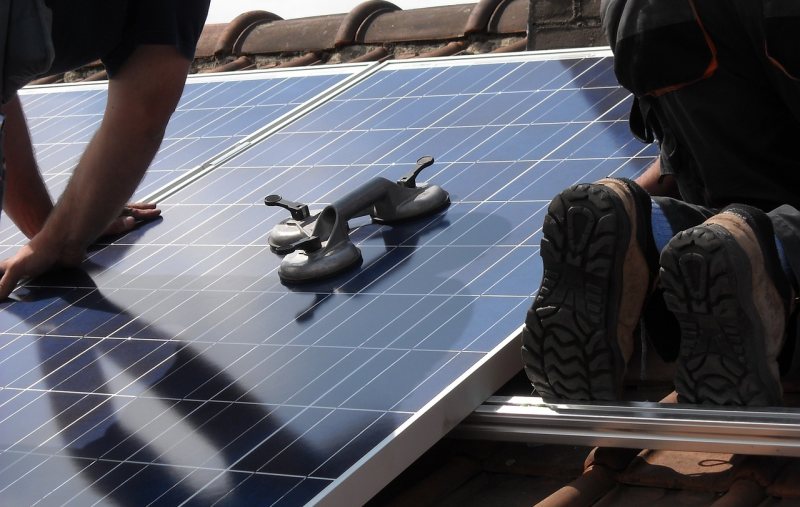
Image: MariaGodfrida
Here’s one that flew under the radar – eligible low income households in selected regions of New South Wales will be given the opportunity to swap their Low Income Household Rebate for a solar power system.
Paid once each financial year, the Low Income Household Rebate helps eligible households in the state cover the costs of their energy bills. The rebate is currently $313.50 annually and is available to pensioner concession, health care and DVA gold card holders.
The Solar for Low Income Households trial aims to see up to 3,400 households in the Central Coast, North Coast, Sydney – South, Illawarra – Shoalhaven and South Coast regions voluntarily forego the rebate and receive a 2.5kW solar power system in its place.
“The bill savings from the rooftop solar trial are expected to be close to double the value of existing rebate savings with an average bill reduction of $600 per household per year,” said NSW Department of Planning and Environment’s Dr Liz Develin in an announcement late last month. “This means that households who choose to participate in the program could be around $300 better off each year.”
Many low-income households are currently shut out from solar energy – and they could benefit greatly from it.
“Households that are concerned about the environment and about sky high electricity prices want to get solar power in order to bring their bills down and moderate their reliance on fossil fuels, but the up-front investment in a solar power system can make it difficult,” said Tamara Smith MP, Member for Ballina.
Ms. Smith said yesterday the NSW Government has finally realised that solar power is critical to providing energy bill relief..
While we don’t have current pricing information on 2.5kW systems here on SQ, a good quality 3kW solar power system costs anywhere between $3,500 and $5,000 installed, after the “solar rebate“. Better bang for buck can be achieved with a larger 5kW or 6kW system, but you still need to have the cash to buy it or access to cheap finance, which low-income households may be hesitant to take on and few would be eligible for.
Who, What And When?
There’s little in the way of further detail regarding the trial, such as when the systems will be installed, what happens if a recipient moves or if renters can somehow get a look in – which is unlikely as they won’t own the rooftop on which the solar panels would be installed. Renters missing out would be unfortunate as this is a group that could particularly benefit. The issue of renters, low-income or otherwise, having access to solar power isn’t confined to NSW. However, Queensland has a trial under way and some private companies have also sprung up looking to service this market – SQ’s Ronald has written about several of these services; here, here and here.
It’s not clear who will be installing the 3,400 systems in New South Wales and what components they’ll be comprised of. Hopefully the necessary homework has been done on both those fronts – there would be nothing worse for both the Government and recipients than to see thousands of problematic and/or poorly-performing systems installed.
Those receiving the Low Income Household Rebate are invited to register their interest in the trial by emailing [email protected].

 RSS - Posts
RSS - Posts



Interested in more info on the solar panels please
That’s actually a good LONG-term move by the Government, I did some rough calculations on my trusty solar calculator, and the additional saving to those who qualify is – $286 per annum on average (ie 600 – 313.50).
That mightn’t seem much but over the next 25 to 30 years, the consumer is somewhat insulated from inflation caused increases in power bills. ,
As Ronald says though, lets hope the Government uses their ‘bulk buying’ capability to get good quality systems that will last 25 – 30 years. 3400 systems is a lot of systems after all.
As well, some ‘consumer education’ on the benefits of
self-consumption of their PV generated solar power would be helpful as well.